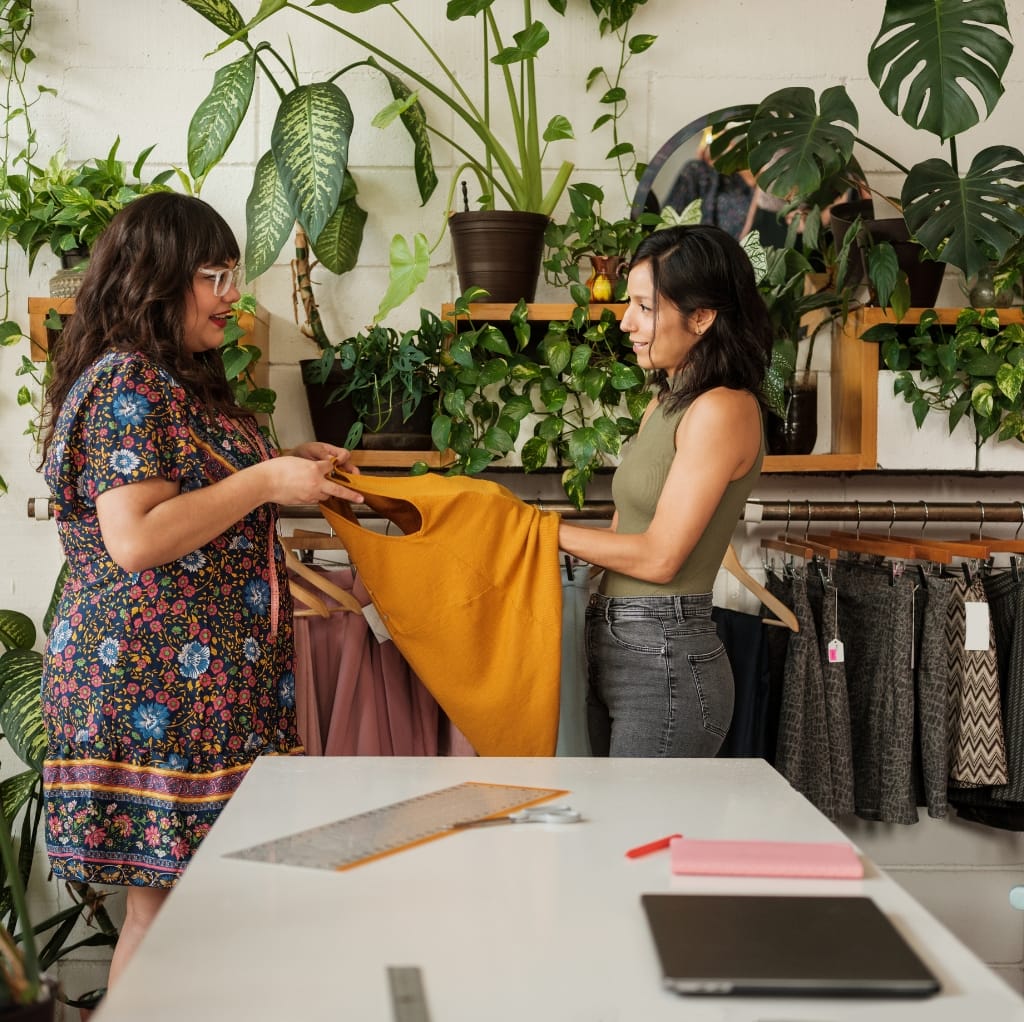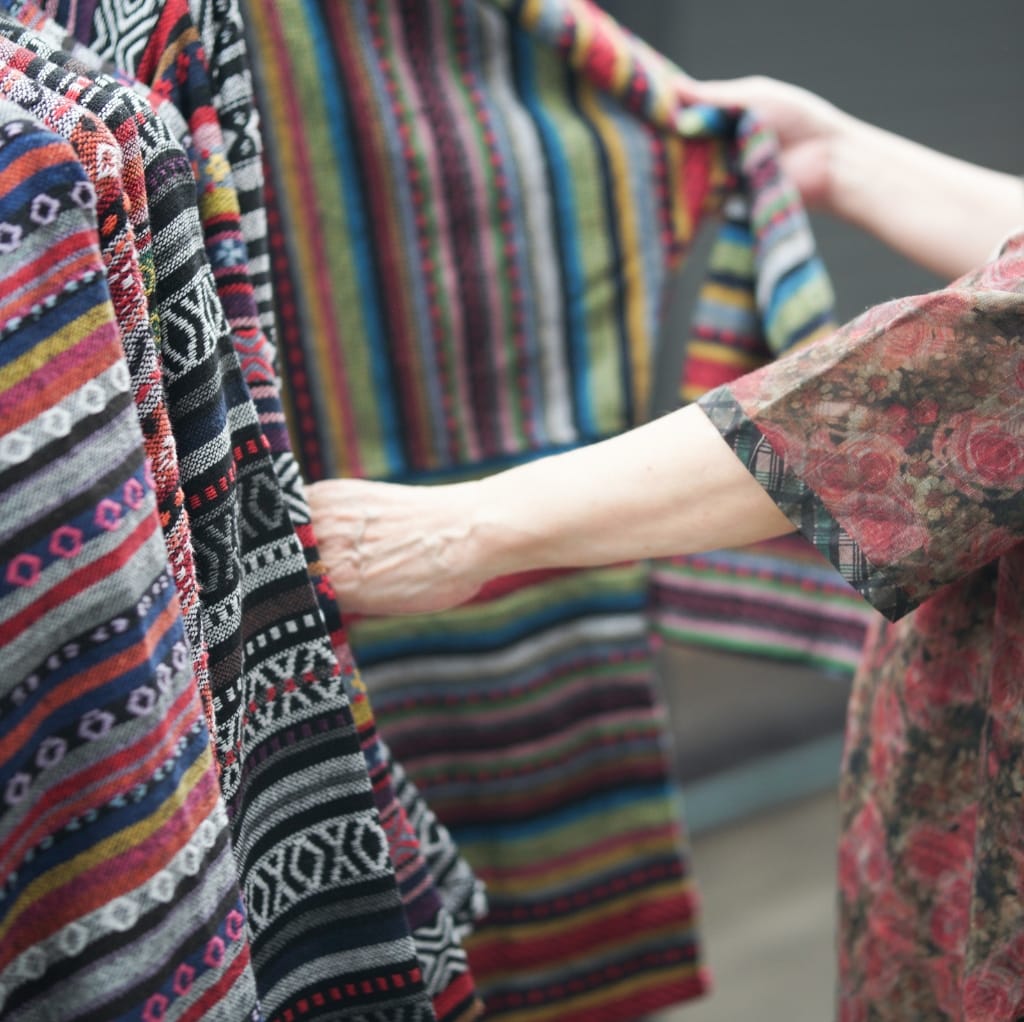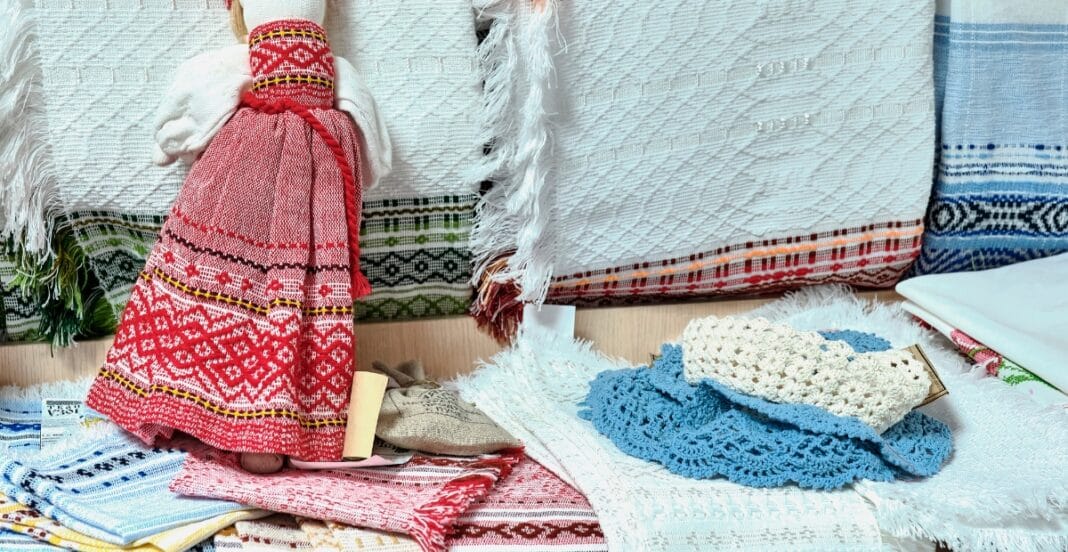Woven cloth is changing the fashion world for the better. It aids people in making green choices. This fabric isn’t exactly new, but it is discovering a new purpose. Currently, it is vital in sustainable fashion. People desire to wear clothes that feel good and do good.
The process of creating woven cloth requires less energy, and it also provides local employment opportunities. Talk about a win-win! Both sellers and buyers recognize the benefits. And that’s just the beginning.
Let’s see how woven cloth is transforming fashion into an eco-friendly movement.
Table of contents
- The Origin and Evolution of Woven Cloth in Clothing
- Why Woven Cloth Is The Eco-Fashion Hero
- How Woven Cloth Supports Sustainable Production Methods
- Fashion Brands Leading with Woven Cloth Towards Sustainability
- How Woven Cloth Cuts Costs and Reduces Waste
- Consumer Benefits: Comfort, Cost, and Conscious Choices
- Challenges of Woven Cloth in Mainstream Fashion
- How Woven Fabrics Will Shape Eco-Friendly Fashion in the Future
- Conclusion
- FAQs
The Origin and Evolution of Woven Cloth in Clothing
Woven cloth has a rich history. Its use dates back thousands of years. Egypt and China were some of the countries that had family skills based on weaving. They made cloths using cotton, wool, flax, and silk. Each area had its own designs and patterns.
In the past, garments took time and care to make. It was laborious, but it wasn’t wasteful. The beauty of woven cloth is how it teaches us to slow down. As machines industrialized, fast fashion took off. Cheap fabrics replaced cotton apparel cloth. Now people are trying to go back to the roots. There is a higher demand for handmade quality. Woven fabric is making a strong comeback but this time, it is modernized.
Why Woven Cloth Is The Eco-Fashion Hero
Fast fashion is bad for the environment. Increases waste by filling landfills. Water pollution. Exploits workers. But with woven cloth, there is a different approach. Why? Because the materials used are natural. These clothes are durable and last a long time. You don’t need to throw it away after a few washes. Saves money and helps the planet.
Many woven cotton fabric do not require harsh chemicals. This makes the production non toxic. Less harmful fumes will be released into the air and water. When these clothes wear out, the materials easily break down. No more plastic strands floating in the oceans for centuries.
So when people question what makes a fashion eco-friendly, the answer most likely is woven cloth.

How Woven Cloth Supports Sustainable Production Methods
Eco-friendly top cotton clothing is more than the fabric used; it also considers how they are made. Woven cloth fosters slow fashion. This includes low waste, small volume production, and careful construction. Many woven items are made by hand or in small studios, which lowers energy use.
In addition, woven fabric allows for reuse. Old shirts can be transformed into bags, and scarves into pillows. The fabric is strong, so repurposing clothing helps reduce waste and retain value. Local weavers benefit from these too. Purchasing their work provides fair pay and sustains traditional skills. So, wearing woven cloth allows you to support people and planet.
Fashion Brands Leading with Woven Cloth Towards Sustainability
Some brands are leading the woven revolution. They use eco-cloth made and fair practices. Let’s meet a few:
- Patagonia: Uses organic cotton and recycled fabrics. Focused on repair and reuse.
- Eileen Fisher: Advocates for circular fashion. Woven materials are a core part of their lines.
- Thought Clothing: Based in the UK. Sells a variety of woven fabrics such as bamboo and hemp.
- People Tree: Recognized for their hand-woven styles. Holds fair trade certification.
These brands prove style and sustainability can go hand in hand. And they show the world how woven cloth fits in an eco-friendly future.
How Woven Cloth Cuts Costs and Reduces Waste
Woven materials are different from clothing that falls apart quickly. Woven cloth is built to last. It doesn’t stretch out easily. It doesn’t tear at the first wash. That means fewer replacements and less trash.
Also, woven clothes can be easily repaired. Patching or stitching gives them new life. Upcycling becomes enjoyable and practical. That’s not all. Many designer cotton Fabric now create new goods from scraps. Bags, belts, coasters – the list goes on. It all begins with using woven cloth.
Consumer Benefits: Comfort, Cost, and Conscious Choices
Why is woven fabric such a loved material? There are many reasons. First, woven cotton and linen breathe and don’t trap sweat, which makes them perfect for hot days. They feel nice on the skin.
Second, these materials are durable so even if the initial cost is high, you save money in the long run. You buy once and wear for years. Third, these fabrics woven with care match your values and shows that you support clean fashion, fair trade, and the planet. This supports your inner sense of satisfaction.

Challenges of Woven Cloth in Mainstream Fashion
Of course, there are challenges. Fast fashion stores may avoid it because they want speed and low cost. Woven cloth takes time to make which raises the cost. Some woven cloths may shrink and wrinkle so there are extra steps for people to learn on how to wash and store them.
More people are ready to pay for quality and want less items but of a better standard. That’s where woven cloth excels. With that support, woven fashion can grow big while maintaining it’s soul.—
How Woven Fabrics Will Shape Eco-Friendly Fashion in the Future
Woven cloth will go a long way in the field of eco-style fashion. Technology has had great advancements in this field. New weaving methods like 3D weaving and zero-waste looms are quicker and cleaner than older methods.
Fashion designers are now blending ancient and modern styles by incorporating modern technology into age-old patterns. Fashion becomes fresh and green when it blends old with new. In addition to this, schools are also teaching textile design with a focus on ecology. Young people are bringing about change.
In conclusion, woven cloth is back and is at the forefront, leading the way.
Conclusion
Woven cloth embodies more than simple fabric. It is also a catalyst for change because, despite the current trend of fast fashion, it still remains a beacon of hope. Woven cloth aligns with ethical values and fair employment, proving that beautiful items can be made while upholding ethical standards.
It is evident that woven cloth is not only essential to the future of fashion, but also to the world.
FAQs
With natural fibers, it has a lower energy spent rate while also reducing waste created.
In some cases, yes it is, although it is more durable and thus saves money over time.
Because it supports local work, lasts long, and aligns with slow fashion values.


